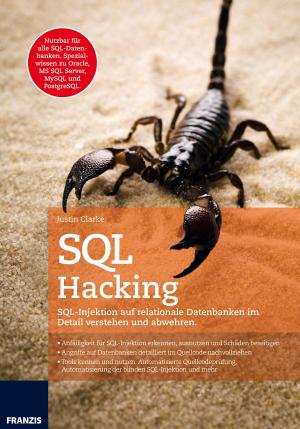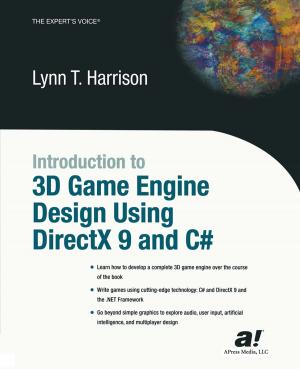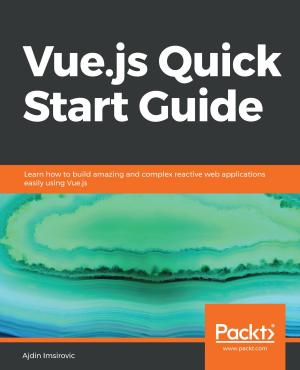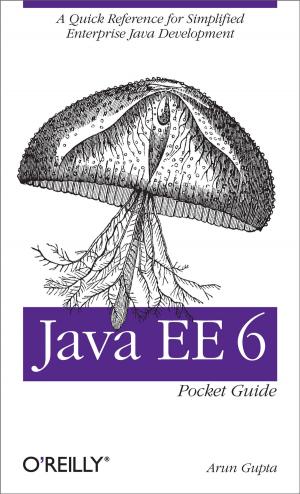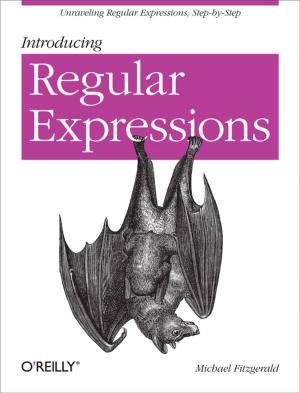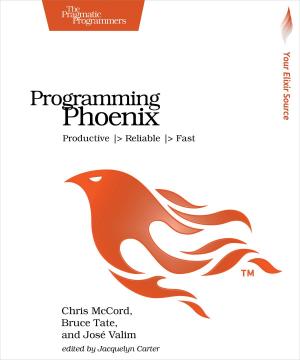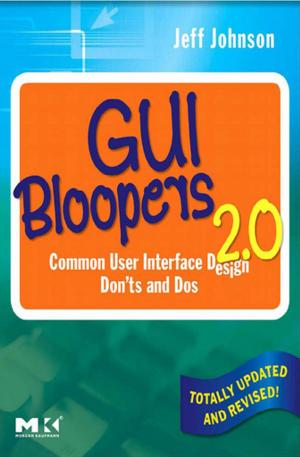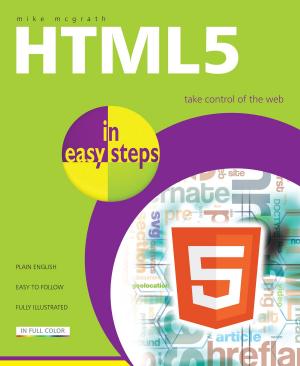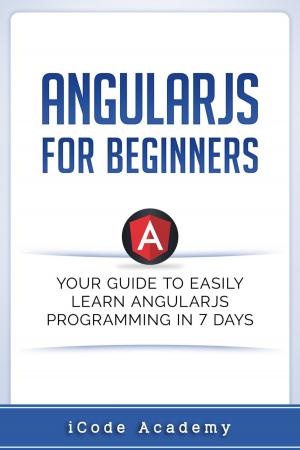RPG Design & Coding - GameMaker: Studio Book
Create An RPG In GameMaker: Studio
Nonfiction, Reference & Language, Reference, Guides & Handbooks, Computers, Programming| Author: | Ben Tyers | ISBN: | 1230001586190 |
| Publisher: | GameMakerBook.com | Publication: | March 9, 2017 |
| Imprint: | Language: | English |
| Author: | Ben Tyers |
| ISBN: | 1230001586190 |
| Publisher: | GameMakerBook.com |
| Publication: | March 9, 2017 |
| Imprint: | |
| Language: | English |
A step-by-step guide to making 40 commonly used RPG elements.
Includes screenshots and coding. Also has a ZIP download of all resources and GMZ project files.
You're free to use the code in your own projects.
Learn To Make An RPG In GameMaker: Studio
Details The Pre-Planning, Design & Programming Of Making An RPG In GameMaker: Studio
STORY
- Plot (the plot of the story)
- Character Design (design of characters used by the story)
- Enemy Design (the design of non-character enemies "nameless minions")
- Objectives (the goals upon which the player must complete to advance the story)
- Setting (will include general theme for graphics)
AESTHETICS
- Art-Style (what style of art the game is going to be using)
- Character separation (how the player sprite is going to be drawn, using single or multiple layoured sprites)
- Scening (how story progression is going to be implemented in the game (this is usually done by the use of cut-scenes)
- Sound Design (which basic sound effects the game will need, footsteps can be used for a more serious tone and etc.)
- View (from which angle is the player seeing the game world, first person, top down, third person, etc)
CORE GAMEPLAY
- Battle (the main provider of challenge in the game, Pac-Man's battle aspect is the avoidance of the ghost creatures)
- Ending (how the player can achieve Game Over. By dying, completing certain objects or finishing the story)
- Exploration (how players will travel the game world, by exploration or level select screens)
- Messaging (how players will receive information from the game, also dialogue)
- Scoring (how the scoring system of the game will work, this is also used to plan for XP in RPG games)
EXTENDED GAMEPLAY
- Collectables (these include secondary objectives that will be used to enhance the game's lifespan)
- Management (this includes inventory, items and power ups that the player can use to increase game depth)
- Mini-Games (such as the lock-picking games that many games now use)
- Quirks (unique or strange game-play mechanics that you want to use to make your game stand out from the others)
- Saving (saving and loading of game files to extend game life by allowing the player to enjoy multiple sit adventures)
GAME ELEMENTS
The Book Will Also Deal With The Following 40 Elements, From Design Considerations Through To Programming In GML:
Alert Text Effect
Battle System
Boss Characters Battle
Branching Dialogue
Card Battle
Character Progression
Coin System Shop
CutScene
Dashing
Day / Night Cycle
Depth Based Graphics
Destructible Terrain
Dice Rolling
Downloading Bonus Levels From Website
Drivable Vehicles
Enemy Path Finding
Fishing Mini Game
Foot Step Sounds
Game End
Graphical Effects
Hints & Tips
HUD
Inventory
Invincibility
Mini Game & Dual View
Mini Quests
Multiple Locations
Party Mechanics
Positional Audio
Puzzle Room
Quest Completion
Random Level Generation
Respawn Points
Road Builder
Saving
Ship Mini Game
Treasure Hunting
Usable Items
Weapon Control
Zooming
A step-by-step guide to making 40 commonly used RPG elements.
Includes screenshots and coding. Also has a ZIP download of all resources and GMZ project files.
You're free to use the code in your own projects.
Learn To Make An RPG In GameMaker: Studio
Details The Pre-Planning, Design & Programming Of Making An RPG In GameMaker: Studio
STORY
- Plot (the plot of the story)
- Character Design (design of characters used by the story)
- Enemy Design (the design of non-character enemies "nameless minions")
- Objectives (the goals upon which the player must complete to advance the story)
- Setting (will include general theme for graphics)
AESTHETICS
- Art-Style (what style of art the game is going to be using)
- Character separation (how the player sprite is going to be drawn, using single or multiple layoured sprites)
- Scening (how story progression is going to be implemented in the game (this is usually done by the use of cut-scenes)
- Sound Design (which basic sound effects the game will need, footsteps can be used for a more serious tone and etc.)
- View (from which angle is the player seeing the game world, first person, top down, third person, etc)
CORE GAMEPLAY
- Battle (the main provider of challenge in the game, Pac-Man's battle aspect is the avoidance of the ghost creatures)
- Ending (how the player can achieve Game Over. By dying, completing certain objects or finishing the story)
- Exploration (how players will travel the game world, by exploration or level select screens)
- Messaging (how players will receive information from the game, also dialogue)
- Scoring (how the scoring system of the game will work, this is also used to plan for XP in RPG games)
EXTENDED GAMEPLAY
- Collectables (these include secondary objectives that will be used to enhance the game's lifespan)
- Management (this includes inventory, items and power ups that the player can use to increase game depth)
- Mini-Games (such as the lock-picking games that many games now use)
- Quirks (unique or strange game-play mechanics that you want to use to make your game stand out from the others)
- Saving (saving and loading of game files to extend game life by allowing the player to enjoy multiple sit adventures)
GAME ELEMENTS
The Book Will Also Deal With The Following 40 Elements, From Design Considerations Through To Programming In GML:
Alert Text Effect
Battle System
Boss Characters Battle
Branching Dialogue
Card Battle
Character Progression
Coin System Shop
CutScene
Dashing
Day / Night Cycle
Depth Based Graphics
Destructible Terrain
Dice Rolling
Downloading Bonus Levels From Website
Drivable Vehicles
Enemy Path Finding
Fishing Mini Game
Foot Step Sounds
Game End
Graphical Effects
Hints & Tips
HUD
Inventory
Invincibility
Mini Game & Dual View
Mini Quests
Multiple Locations
Party Mechanics
Positional Audio
Puzzle Room
Quest Completion
Random Level Generation
Respawn Points
Road Builder
Saving
Ship Mini Game
Treasure Hunting
Usable Items
Weapon Control
Zooming

